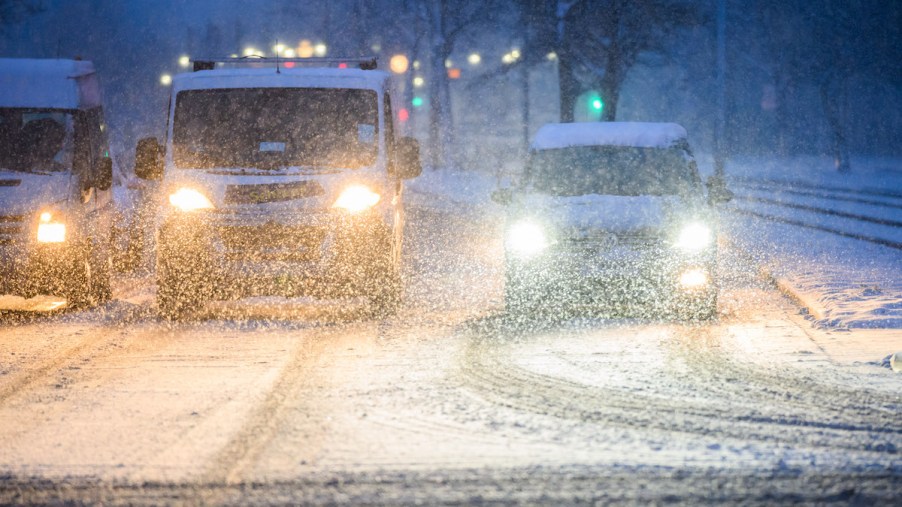
2 Tips to Help Maintain Your EV’s Driving Range in Cold Weather
As the temperatures begin to drop in many parts of the country, it is only a matter of time before the snow and ice that comes with winter weather driving are upon us. While many people are starting to think about pulling out their snow shovels, tire chains, and ice scrapers, EV drivers have another concern—their driving range. Range anxiety affects even the most confident drivers, especially in cold weather when a battery’s power level can be quickly depleted.
Here are two tips to help maintain your EV’s driving range in cold weather to avoid being stuck in the snow without a charge.
Why EV driving range is depleted in cold weather

Electric vehicle batteries get their power from a chemical reaction that offers peak performance when the temperature is between 60ºF and 80ºF, with any variance making it less efficient. According to EVgo, “in cold weather your battery expends extra energy to keep itself warm.”
The demands on an EV battery significantly increase when temperatures drop below zero as the power output and voltage decline. Car heaters, seat and steering wheel warmers, and window defoggers draw energy from the battery, reducing its driving range capabilities.
Consumer Reports recommends, “EV buyers who drive in colder climates should strongly consider getting a car with a range about double what their daily driving needs are, so they’re not left stranded in a cold snap.”
How to extend your EV’s driving range in cold weather
According to AAA, electric vehicles cannot go as far in cold weather as in warmer climates. A recent study found “the average driving range of an electric car decreased by about 40% when the temperature drops to 20 degrees,” attributing this loss of range to a “lithium-ion battery that gets overly taxed in frigid temps.”
To help maintain your EV driving range in cold weather, here are two tips to keep in mind.
Tip #1 – Park your EV in a garage whenever possible, especially overnight. Keeping an electric vehicle plugged in and charging can significantly impact the range, keeping the battery from getting too cold. When a battery remains warm, it does not need to exert as much energy when reheating the vehicle in cold temperatures. Axios recommends starting an EV while it’s still plugged in so the battery can warm up faster before you start driving.
Tip #2 – Charge your battery more frequently in the winter months. This can help keep your EV from reducing its driving range. Solar Reviews recommends never letting an EV get below a 20% charge in the winter because “cold weather makes it harder for EV batteries to heat your car, which leads to them draining more quickly.” The 20% threshold “acts as a reserve in case the battery is too cold and needs to pull from that stored energy to begin the charging process.”
Some other effects winter can have on your car
Cold temperatures and winter weather can negatively affect a vehicle, whether it is an EV or equipped with a gas-combustion engine. Some common problems may include lower fuel economy, frozen fuel lines, and sluggish LCD screens on displays and infotainment systems.
Drivers need to be prepared, making sure their tires are in good shape, as cold weather can decrease tire pressure. Having a good set of snow tires will help reduce the risk of accidents in treacherous conditions.
Follow the tips above to maintain your EV’s driving range in cold weather, and take comfort in knowing that once the weather warms up, your EV should return to its normal operating range. According to EVgo, “exposure to extremely cold temperatures will not degrade your EV’s battery in the long term.”


